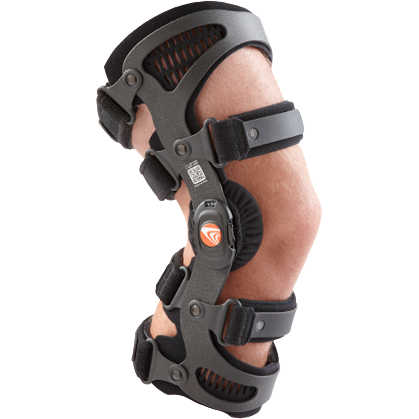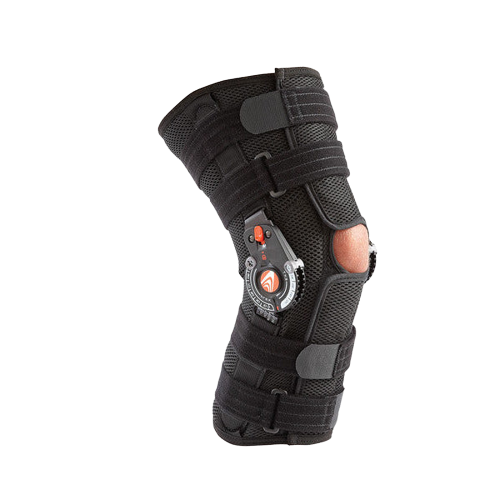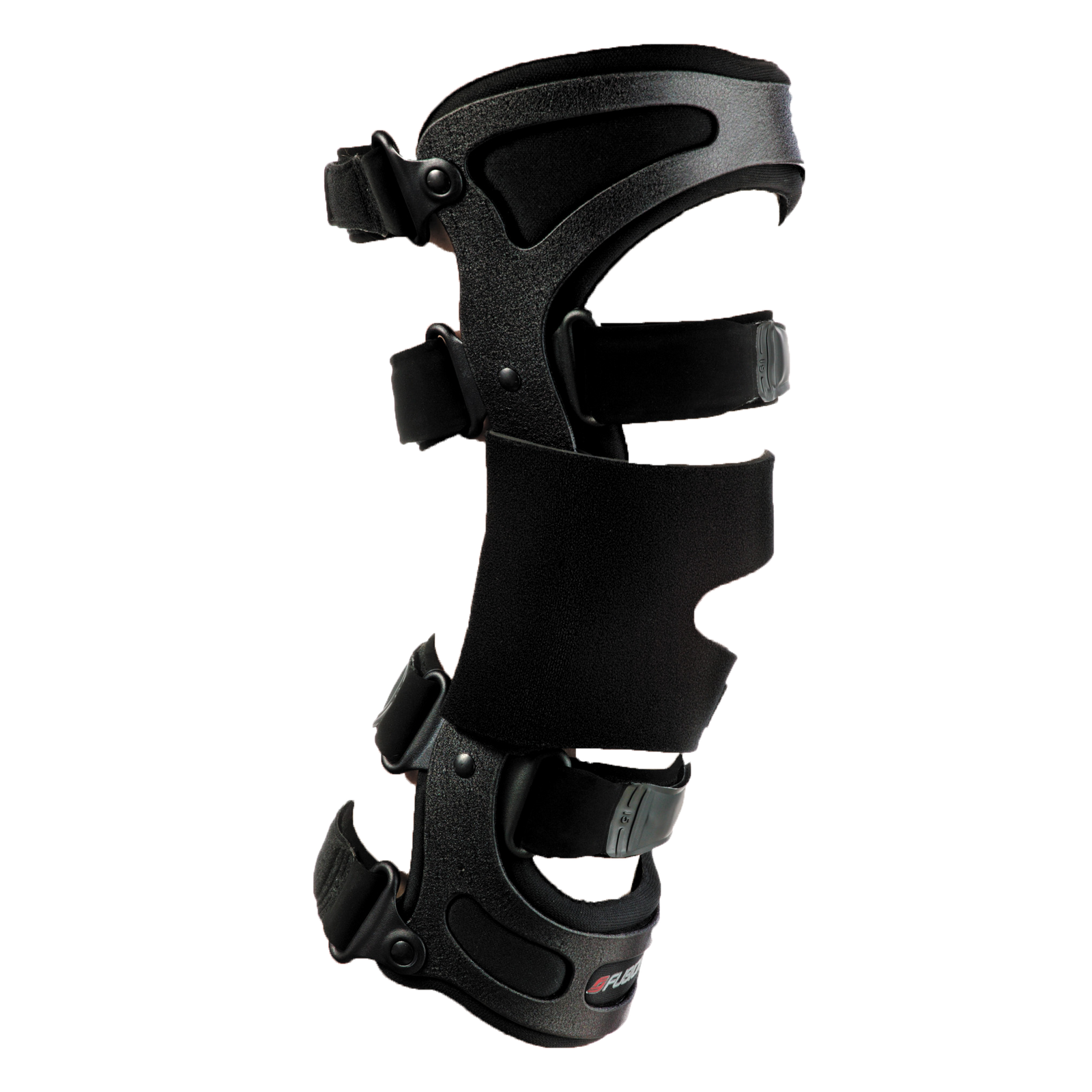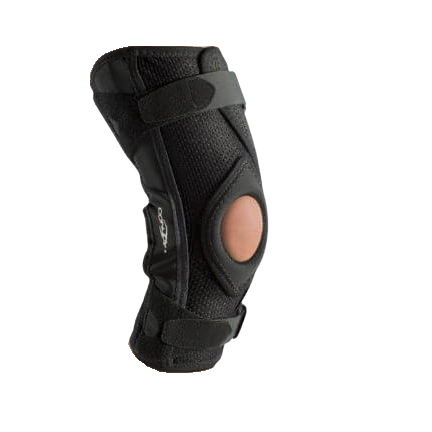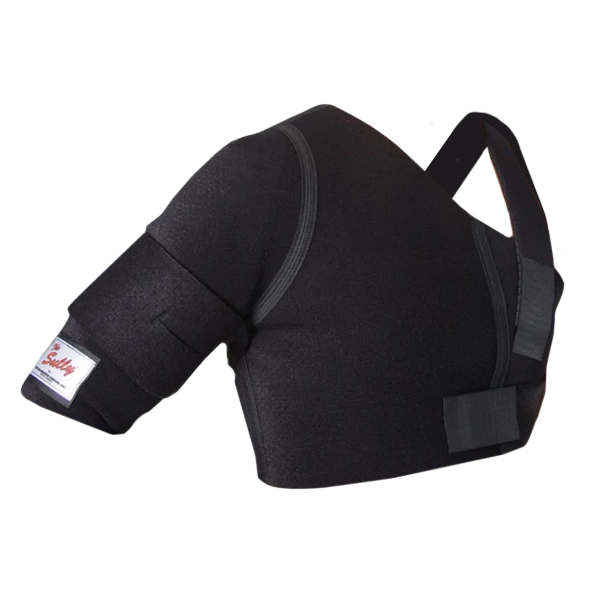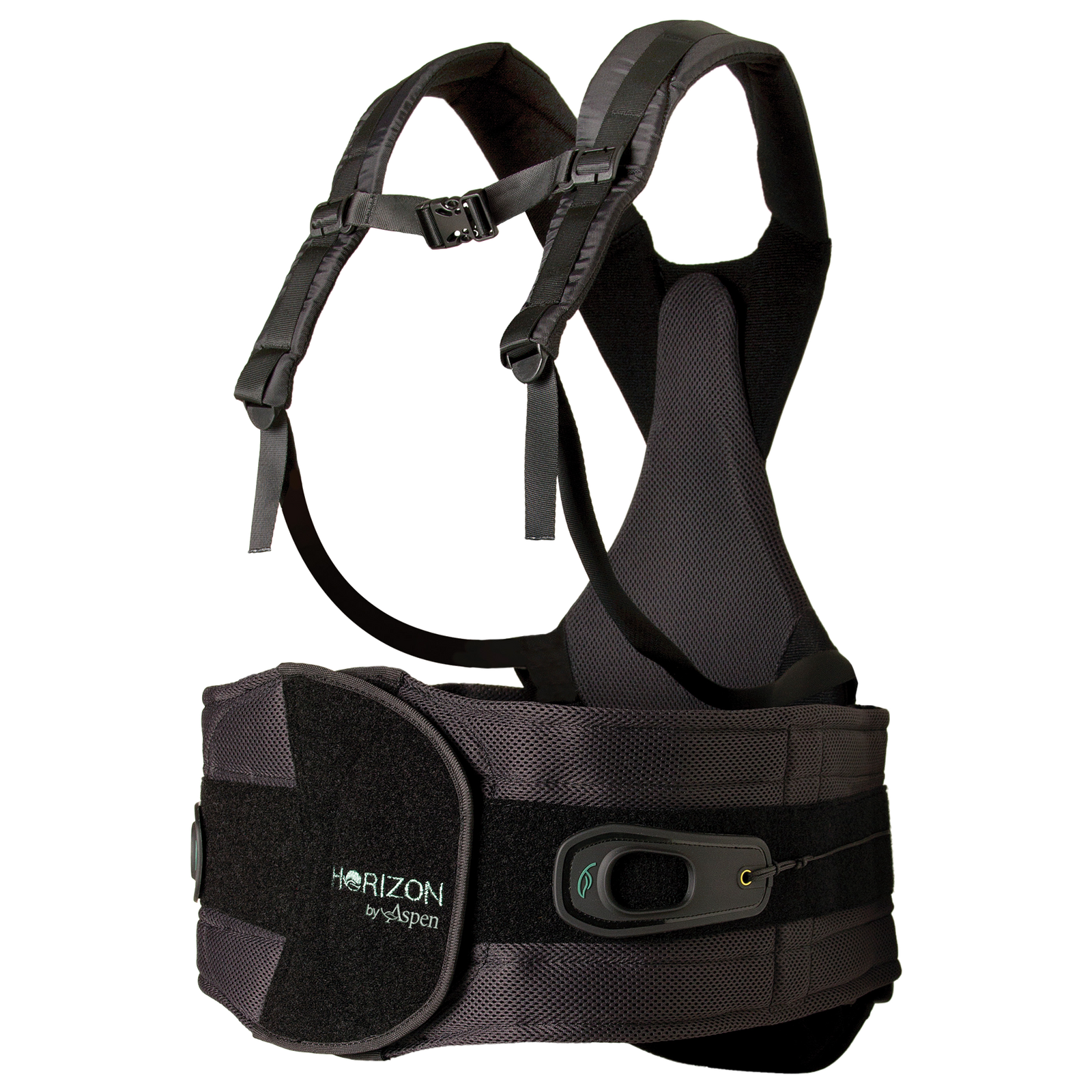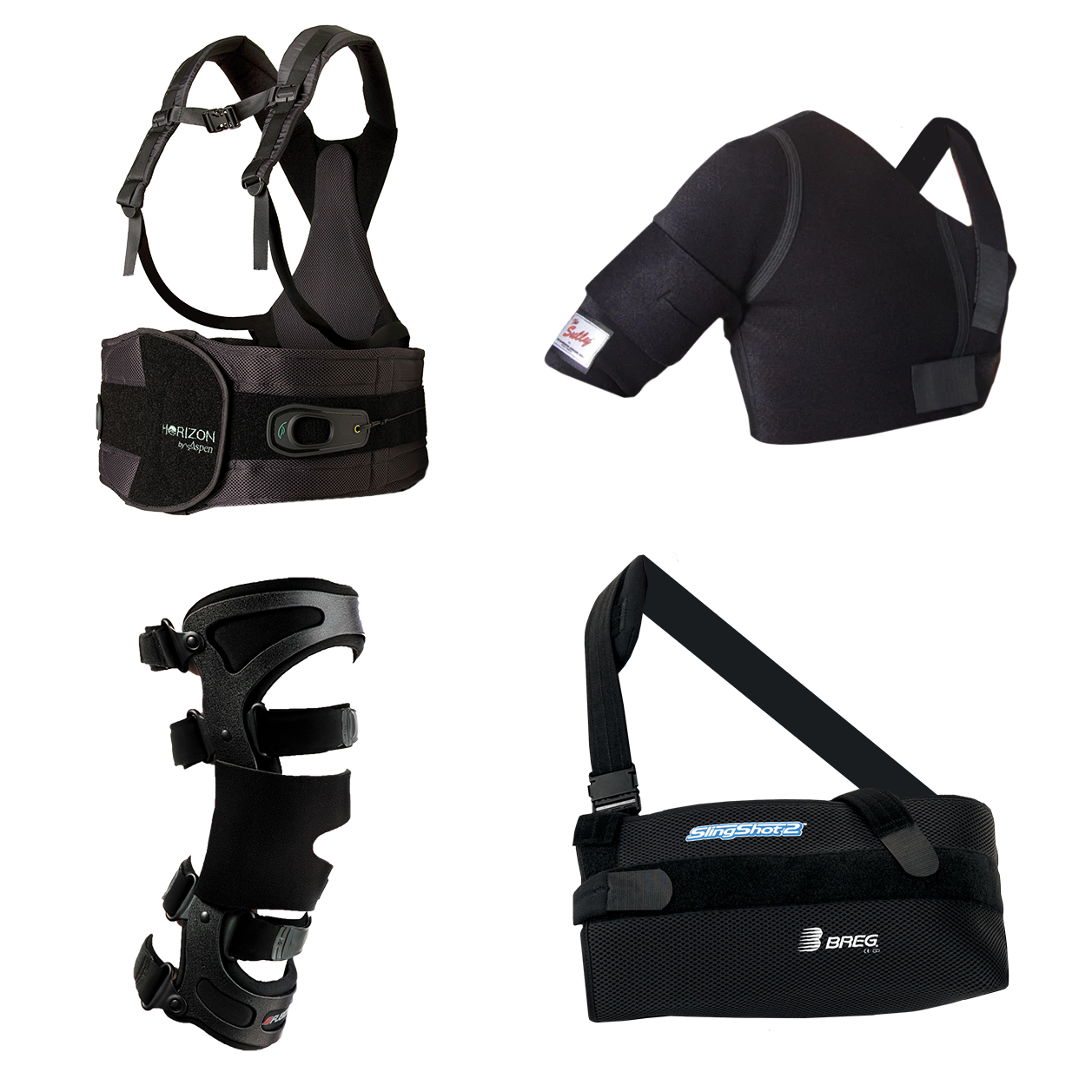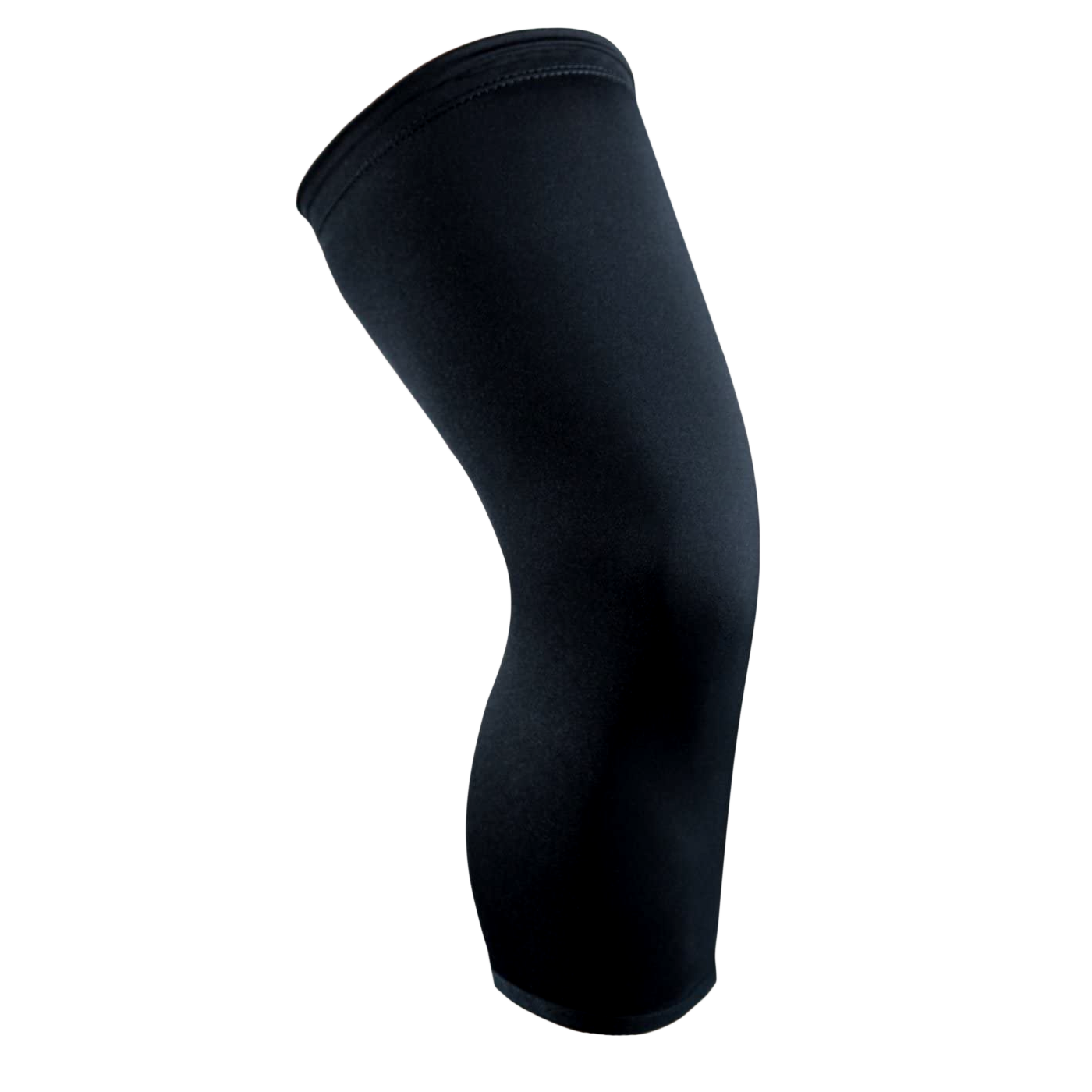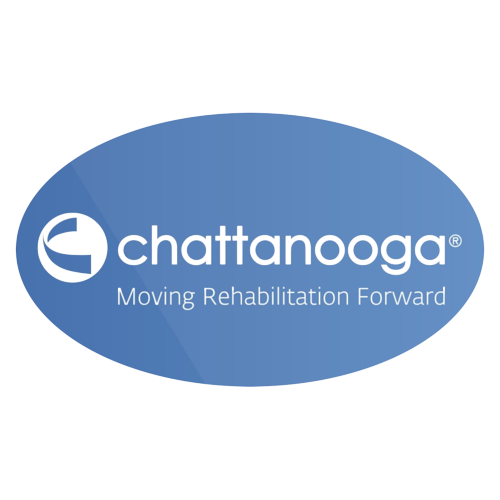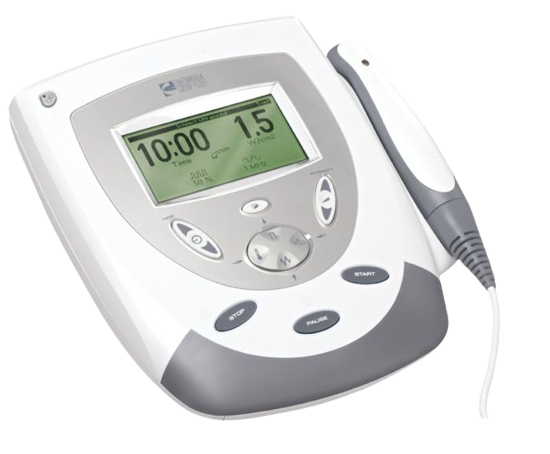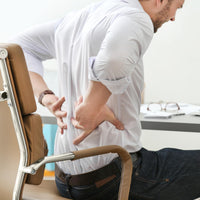
|
Definition: ACL reconstruction is a surgical procedure designed to repair a torn anterior cruciate ligament (ACL), a critical ligament that stabilizes the knee joint. During the procedure, the damaged ACL is replaced with a new ligament, known as a graft, derived from the patient's tissues (such as kneecap tendons or hamstrings) or a deceased donor. Science Behind It: The science behind ACL reconstruction involves understanding the knee joint's complex mechanics and the ACL's role in maintaining stability. Modern techniques often include arthroscopic surgery, which uses small incisions and a camera to minimize tissue damage. The graft is secured using various fixation methods to ensure proper healing and integration with the surrounding tissue. Recent advancements also focus on providing extra rotational support to the knee, such as procedures involving the anterolateral ligament, to reduce the risk of re-tear. Examples in Action:
Fun Fact: Did you know that tearing the ACL doesn’t always cause pain? Some people hear a distinct “pop” in their knee when the injury happens and feel their knee buckle, but they might not experience immediate pain. However, swelling and instability usually follow, which is often a telltale sign of an ACL injury. |
Key Takeaways
- Understand ACL Reconstruction: ACL reconstruction is vital for restoring knee stability and function after a tear, often essential for individuals who want to maintain an active lifestyle.
- Recognize Symptoms and Causes: Identifying symptoms like knee instability and understanding risk factors can help prompt timely intervention and effective recovery.
- Commit to Recovery and Prevention: Physical therapy and proper conditioning post-surgery are critical for full recovery, while preventative exercises can help reduce the risk of ACL injuries.
An ACL reconstruction is a surgical procedure used to repair a torn anterior cruciate ligament (ACL) in the knee. The ACL is a critical ligament that stabilizes the knee, helping it withstand twisting, turning, and sudden changes in direction, which are common in sports and other physical activities. When this ligament is torn, it often leads to knee instability, pain, and difficulty with movement, making surgery necessary for those looking to regain full function and stability.
During ACL reconstruction, a surgeon removes the damaged ligament and replaces it with a graft, typically from the patient's body (like the hamstring or patellar tendon) or a donor. The procedure is usually done arthroscopically, meaning it's minimally invasive, with smaller incisions and quicker recovery. After surgery, patients follow a rehabilitation program to restore knee strength and mobility, allowing them to return to their normal activities gradually over several months.
Signs And Symptoms Of A Torn ACL: When To Seek Help
Recognizing the signs and symptoms of a torn ACL is crucial for timely intervention and effective recovery. The ACL, or Anterior Cruciate Ligament, is one of the key ligaments that help stabilize your knee joint. Injuries to the ACL are common among people who engage in high-impact sports, but they can occur in various situations. Here are the signs and symptoms indicating that an ACL injury might have occurred:
- Sudden Pain and Swelling in the Knee: Shortly after the injury, the knee might swell significantly. This swelling is often rapid and can be a clear indicator of a severe injury such as an ACL tear.
- Loss of Range of Motion: You might notice a significant decrease in your ability to move your knee through its full range of motion. A feeling of stiffness in the knee usually accompanies this.
- A Loud "Pop" Sound at the Time of Injury: Many patients report hearing a distinct popping sound when the injury occurs. This is often the first sign that something serious has happened.
- Instability or Giving Way: If your knee feels unstable or as if it might give way under your weight, it is a common symptom of an ACL tear. This sensation might be especially pronounced when trying to change directions quickly or walking on uneven surfaces.
- Difficulty Bearing Weight: Following an ACL injury, you might find bearing weight on the affected leg challenging or painful. In some cases, putting any weight on the leg could be painful.
If you experience any of these symptoms following a knee injury, it is essential to seek medical help immediately. Early diagnosis and treatment are key to a successful recovery. An orthopedic specialist will likely recommend an MRI to confirm the extent of the injury and discuss treatment options, which might include ACL reconstruction for complete tears.
How ACL Injuries Occur: Common Causes And Risk Factors
The Anterior Cruciate Ligament, or ACL, is pivotal in providing stability and flexibility in the knee, making it one of the most crucial ligaments for athletes and physically active individuals. However, this also makes it susceptible to injuries, which can lead to the need for an ACL reconstruction. Understanding how these injuries occur and their common causes and risk factors is essential in prevention and recovery.
Common Causes
ACL injuries predominantly occur during activities that put stress on the knee joint. These can encompass:
- Sudden Stops and Changes in Direction: Movements such as quickly stopping to change direction can place immense pressure on the ACL, potentially leading to tears. Sports requiring rapid maneuvers, like basketball, soccer, and skiing, thus have higher incidences of ACL injuries.
- Incorrect Landing from Jumps: Incorrectly landing from a jump, especially with knees straight or only slightly bent, can overextend the ACL, causing injury. This is often seen in sports like volleyball and basketball.
- Direct Impact: A direct hit to the knee in sports like football or during a vehicle-related accident can also result in an ACL tear or rupture.
Risk Factors
Several factors can elevate the risk of experiencing an ACL injury, including:
- Biomechanical factors: Certain biomechanical and anatomical factors, such as knee misalignment or flat arches in feet, can increase vulnerability to ACL injuries.
- Gender: Research suggests that female athletes are more susceptible to ACL injuries than their male counterparts.3 This increased risk is often attributed to differences in muscle strength, hormonal influences, and biomechanics.
- Age and Activity Level: Although ACL injuries can happen at any age, they are most prevalent among individuals aged 15 to 45, largely due to higher engagement in physical activities.
- Poor Conditioning: Insufficient muscle strength and conditioning can leave the ACL more prone to injuries, emphasizing the importance of a proper warm-up and strength training regimen.
Exploring ACL Reconstruction: What To Expect From The Procedure
The ACL is one of the key ligaments providing stability to the knee joint. Its injury can lead to pain, swelling, and a decreased range of motion, hampering one’s ability to perform daily activities or engage in sports. Understanding what to expect from the ACL reconstruction process can help patients prepare for surgery and recovery with a positive mindset.
Before The Procedure
Preparation for an ACL reconstruction involves a series of evaluations, including physical exams, X-rays, and MRIs, to assess the extent of the injury and plan the surgery. Your medical team will guide you through specific pre-operative instructions, which may include medication adjustments, dietary regulations, and exercise recommendations to strengthen the knee before surgery.
During The Procedure
ACL reconstruction is typically performed under general anesthesia. The procedure usually involves replacing the torn ligament with a graft, which can be obtained from the patient’s body (autograft) or a donor (allograft). The choice between autograft and allograft is influenced by various factors, including the patient's age, activity level, personal preference, and the surgeon's expertise.
Surgeons employ arthroscopic techniques for ACL reconstruction, making small incisions around the knee to insert a camera and surgical tools. This minimally invasive approach provides a detailed view of the knee's interior, facilitating precise graft placement and attachment. The goal is to closely replicate the ACL’s natural anatomy, thus restoring knee stability and function.
After The Procedure
Post-operative care is crucial for a successful recovery. This may involve pain management, such as cold therapy to reduce swelling and leg elevation. Mobility aids like crutches or knee braces might be necessary to aid movement without straining the reconstructed ACL.
Physical therapy plays a vital role in the recovery process. It begins with gentle exercises to enhance circulation and gradually progresses to more strenuous activities designed to restore strength, flexibility, and range of motion. The duration of physical therapy varies based on individual progress, but consistent effort is key to regaining full knee function.
The Difference Between ACL Reconstruction And ACL Repair
Understanding the distinctions between ACL reconstruction and ACL repair is crucial for patients navigating their recovery journey after an orthopedic injury. Both procedures aim to restore stability and function to the knee after an Anterior Cruciate Ligament (ACL) injury, yet they differ significantly in approach, technique, and ideal candidate profiles.
ACL Reconstruction
ACL reconstruction is the most common surgical procedure for treating ACL injuries. This surgery involves replacing the torn ligament with a graft, which can be obtained from the patient's body (autograft) or a donor (allograft). The main goal is to create a new ligament that can perform the same function as the original ACL. Reconstruction is often recommended for individuals who have completely torn their ACL or who lead an active lifestyle that demands a fully functional ligament.
This procedure has a longer history of success and is generally preferred when the ACL is so severely damaged that it cannot be repaired effectively. It involves a more extensive recovery process, where patients may benefit significantly from using orthopedic surgery recovery products.
ACL Repair
In contrast, ACL repair is a less invasive procedure that may be an option for patients whose ligament has partially torn or where the tear is located near the top of the ligament, where it attaches to the bone. During repair, the original ligament is preserved and reattached to the bone rather than replaced. This technique is relatively new and may not be suitable for all patients, particularly those with complete tears or injuries in the middle of the ligament.
ACL repair can offer a quicker recovery time for eligible patients, as it preserves more of the knee's natural anatomy. However, the long-term outcomes compared to reconstruction are still being studied, making it crucial for patients to consult with their orthopedic surgeon to determine the best course of action based on their specific injury and lifestyle needs.
Final Thoughts
ACL reconstruction is a crucial procedure that enables individuals to regain knee stability and return to their active lifestyles following an ACL injury. Understanding the recovery process, the importance of physical therapy, and long-term maintenance are essential steps toward achieving a full recovery. Whether you're considering surgery or looking to prevent ACL injuries, educating yourself on causes, symptoms, and the treatment process can help you make informed decisions about your knee health.
Support your ACL recovery journey with OrthoBracing's top-quality knee braces and advanced cold therapy machines. Designed to provide optimal stability, pain relief, and faster recovery, our products are trusted by both medical professionals and athletes. Whether you're looking to prevent further injury, minimize swelling, or accelerate your post-surgery rehab, our knee braces and cold therapy solutions are crafted with your comfort and mobility in mind. Start your journey to full knee function today with OrthoBracing's reliable and effective recovery aids.
Read also:
- Best Ice Machine For Knee
- Best Knee Rehab Exercises For Strength And Flexibility
- How To Use An Ice Machine For Knee: Step-By-Step Guide
Frequently Asked Questions About ACL Reconstruction
Who needs an ACL reconstruction?
Individuals who have experienced a tear in the anterior cruciate ligament (ACL) of the knee may require an ACL reconstruction. This injury is common among athletes, particularly those involved in sports that require sudden changes in direction, jumping, or contact. ACL reconstruction is also recommended for individuals with knee instability due to the injury, which can affect their daily activities or quality of life.
What are the risks of ACL reconstruction surgery?
As with any surgery, ACL reconstruction carries certain risks. These can include infection, blood clots, knee pain or stiffness, and re-injury potential. There's also a chance that the surgery might not fully restore the knee to its pre-injury condition. Discussions with your orthopedic surgeon about these risks will help you make an informed decision about the surgery.
How do you prepare for an ACL reconstruction surgery?
Preparation for ACL reconstruction surgery often involves a pre-surgery evaluation, which might include a variety of tests to assess your overall health. Strengthening the knee area through pre-surgical physical therapy might be recommended to ensure better post-surgery outcomes. Additionally, you'll be advised to refrain from eating or drinking for a specified period before the surgery, among other individualized preparatory steps.
When can you return to sports after ACL reconstruction?
Returning to sports after ACL reconstruction varies from person to person and largely depends on the level of recovery and rehabilitation achieved. Generally, individuals can start light sport-related activities around six months post-surgery, with a potential return to competitive sports after 9 to 12 months, following clearance from their healthcare provider.
What is the age limit for ACL surgery?
There is no strict age limit for ACL surgery. The decision to proceed with surgery depends more on an individual's overall health, activity level, and degree of knee instability than on age alone. Both young and older patients have successfully undergone ACL reconstruction, highlighting the personalized nature of this decision.
Does insurance cover ACL reconstruction surgery?
Most health insurance plans cover ACL reconstruction surgery, especially when deemed medically necessary. However, the extent of the coverage and out-of-pocket costs can vary significantly between different insurance policies. You are advised to consult with your insurance provider beforehand to understand what your plan covers, including any pre-authorization requirements or preferred providers.
Sources:
- MacMillan, C. (2021, October 21). 3 Things Most People Don’t Know About ACL Surgery. Yale Medicine. https://www.yalemedicine.org/news/acl-surgery
- Aspetar Sports Medicine Journal - THE CROSS BRACING PROTOCOL. (2023). Aspetar.com. https://journal.aspetar.com/en/archive/volume-12-targeted-topic-rehabilitation-after-acl-injury/the-cross-bracing-protocol
- Orthop, J. (2016). The female ACL: Why is it more prone to injury? Journal of Orthopaedics, 13(2), A1–A4. https://doi.org/10.1016/s0972-978x(16)00023-4


